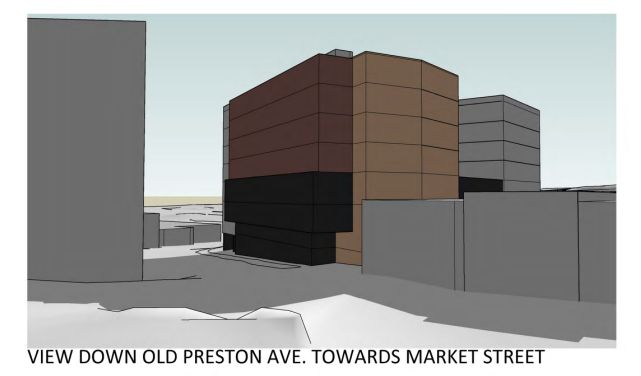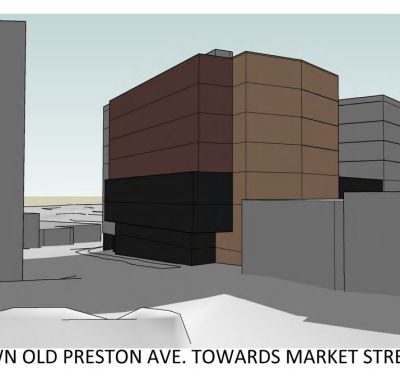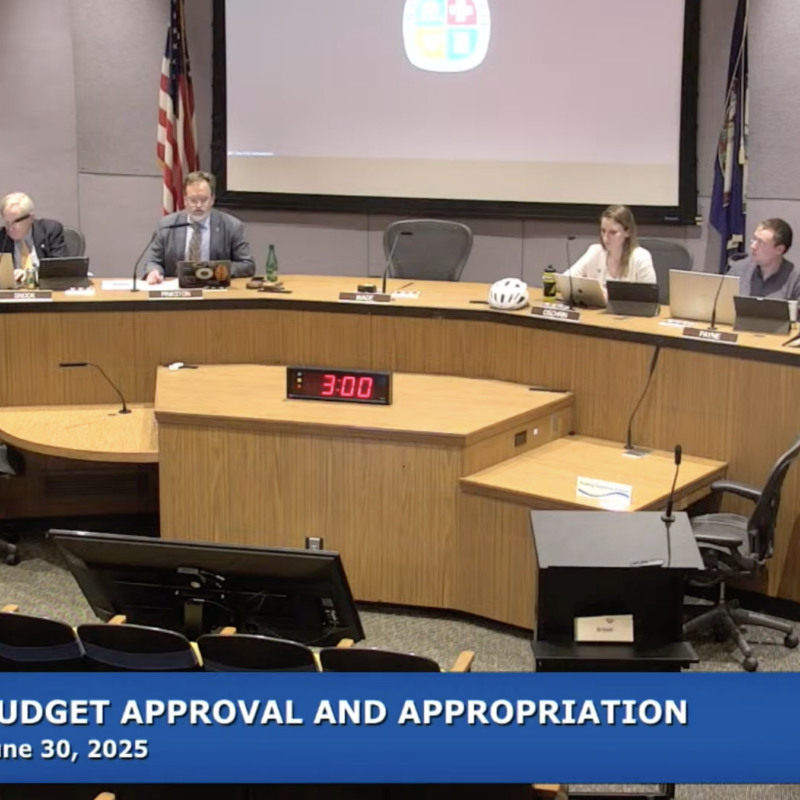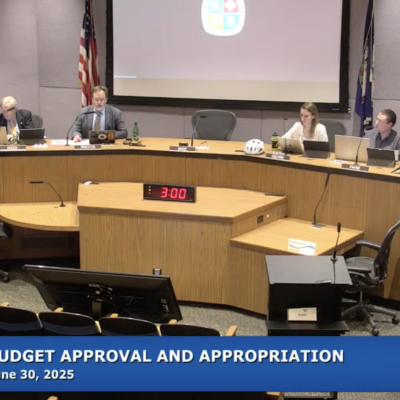|
|
Residents of the Martha Jefferson neighborhood breathed a sigh of relief when the CFA Institute announced its decision to move into the site of the former hospital last year. Now, UVA is moving toward opening a Programs of All-Inclusive Care for the Elderly (PACE) clinic in the building, bringing more diversity to the site and a new program to Charlottesville.
After Octagon Partners purchased the site directly from Martha Jefferson Hospital for $6.5 million in September 2010, it established a performance agreement with the city and its Economic Development Authority, as previously reported in C-VILLE, to ensure the new tenants will be valuable assets to Charlottesville.
“The addition of these organizations and their employees to the city will add vibrancy to the Downtown [area] and help solidify it as an employment center,” said Director of Economic Development Chris Engel. The building could easily have sat vacant for many more years, he said, and he is “delighted that will not be the case.”
According to Engel, the performance agreement called for 400 jobs and a $40 million investment. Once Octagon and its tenants have met the criteria, he said, the city will give a performance grant equal to 50 percent of the real estate tax increment created by the investment to the developer for a period of 10 years. In addition, the project received a $200,000 grant from the Governor’s Opportunity Fund.
The PACE clinic will provide about 90 of the required jobs, according to Larry Fitzgerald, UVA Healthcare Partners chief operating officer. He described the clinic as a “real asset to Charlottesville,” with its new employment opportunities and health care options for the elderly.
“The key point around this program is that it provides individuals the opportunity to live at home,” he said.
The clinic will offer everything from primary care and prescriptions to meals and recreational therapy. Patients who cannot drive will have transportation available, and Fitzgerald said physicians and therapists will make house calls when necessary. In addition to these patient services, PACE offers caregiving training and support groups for family members.
“It’s a convenient space, but it could have been any space,” he said, disregarding any assumed rivalry between UVA and Martha Jefferson. He said the site was perfect with its convenient location, and the fact that it was already a health care facility means less renovation before moving in.
Because the program is non-residential and will not be open 24 hours, the clinic will generate far less traffic than the hospital did, which Fitzgerald said should be appealing to neighborhood residents.
Ellen Wagner, president of the Martha Jefferson Neighborhood Association, said the neighborhood has been in regular contact with JP Williamson at Octagon Partners, and most residents are in favor of the developing plans. She said she assumed CFA and UVA were attracted to the neighborhood for the same reasons residents were: historic homes and buildings and the mature tree canopy.
“It’s in everyone’s best interest to maintain those features,” she said.
When Martha Jefferson Hospital moved, a number of private practices in surrounding houses also moved, leaving these historical homes vacant. According to Engel, the individual parcels owned by Martha Jefferson Hospital have been sold separately and handled by local real estate firm CBRE, and he said he estimates only one or two remain unsold at this point.
The neighborhood association will meet on Sunday, May 6, for a forum and brainstorming session to discuss development of the area as a whole. Wagner hopes Council members, city staff, Octagon Partners and any others invested in the vision of the neighborhood will attend the meeting to discuss plans for redevelopment, traffic issues, and pedestrian connections.
According to Wagner, residents are eager to stay in the loop and learn more details about the plans, and are in favor of potential new amenities like a coffee shop or restaurant that would be open to the public.
City Councilor Kathy Galvin said the neighborhood “looks pretty dead right now,” and needs a solid vision for the future.
“It’s an area that the city should be looking at more holistically,” said Galvin. It’s important to look at small areas and consider the place as a whole, not just the individual buildings, she added. That’s one reason she supported the creation of a design task force that includes urban designers, landscape architects, and residents who are concerned about community planning. According to the March 5 City Council agenda, the goal of the task force is to “guide the community in making decisions about place making, livability, and community engagement,” and act as an advisory board to the Planning Commission and City Council.
Galvin hopes the addition of the task force will help the city make forward-thinking decisions and maintain Charlottesville’s quality of place in the Martha Jefferson neighborhood and beyond.
“I would love for the city to be a partner in this effort,” she said.
/NW4S4250.jpg)





